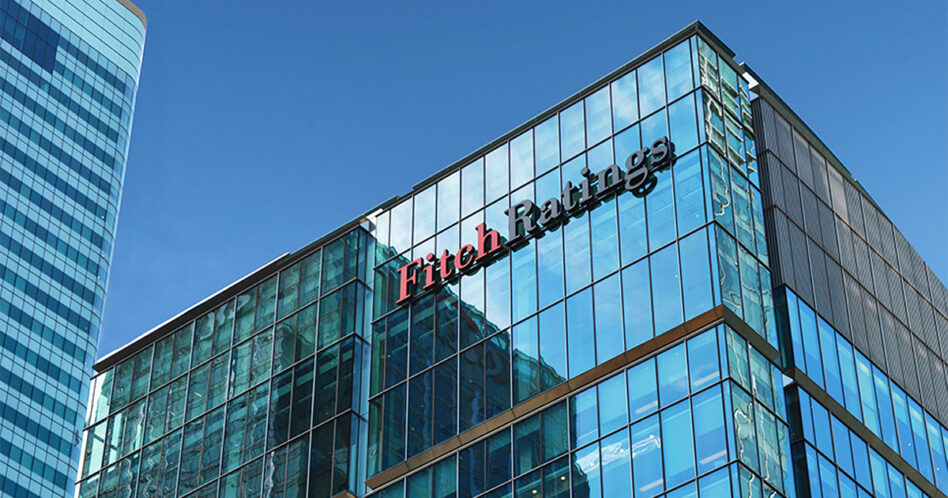THE East Coast Rail Link (ECRL) is back in discussion as the current Perikatan Nasional (PN) government wants to realign the project to the one first proposed under the Barisan Nasional (BN) regime.
Business publication The Edge in its latest weekly issue on Saturday reported that Ministry of Transport officials were considering reverting to the original ECRL alignment which included 24 stations as well as Pengkalan Kubor and Wakaf Baru in Kelantan which borders Thailand.
But under Pakatan Harapan (PH), the number of stations was cut to 20 while the line was realigned to pass through Seremban, the federal constituency of then transport minister Anthony Loke, before moving on to Putrajaya and Port Klang.
The line was meant to terminate in Kuantan so as to meet its objective of connecting ports on the east and west coasts of the peninsula.
The rationale was to avoid digging through the Titiwangsa mountain range, as well as cost savings. According to Loke, the PH government was able to save some RM21.5 bil after negotiations.
To facilitate this so-called new direction under PH, Malaysia Rail Link Sdn Bhd (MRL) and China Communications Construction Co Ltd (CCCC) signed a supplementary agreement to form a 50:50 joint-venture company to manage, operate and maintain the ECRL network.
“The original cost of the project was RM65.5 bil. After negotiations and change of the alignment, the cost was reduced to RM44 bil… The savings could benefit other transportation infrastructure projects.
“The realignment was able to reduce the cost as it will avoid the 18km tunnel along the Titiwangsa Range across Genting Highlands to Gombak… It will also save the Klang Gate Quartz Ridge that was to be destroyed if the tunnel is built,” he said in a Facebook posting on July 6.
There are two points to remember as the ECRL is back in the mainstream. Firstly, there has not been any disclosure of the ECRL feasibility study as to date, there are only a fact sheet and two environmental impact assessment reports.
So we are not really sure whether PH did save us money and also what the long-term viability of the project is. Economist Jomo Kwame Sundaram has raised the spectre that this would be a “white elephant” and it will further burden Malaysians as the government will have to continue subsidising the railway, unless it is built to be left unused, which defeats the purpose.
Secondly, research house CGS-CIMB Research on July 6 reported that should the realignment proceed, the project will see extra cost incurred due to the tunnelling through the quartz ridge.
CGS-CIMB Research analyst Sharizan Rosely was neutral to negative on the realignment news as any change would “mainly benefit” turnkey contractor CCCC, which is undertaking the majority of tunnelling works of the mega project.
The realignment, which could affect 25% of the entire 640km ECRL track, is centred in the last section, Section C, which will see the scope switched from Putrajaya-Port Klang to the original route of Gombak-Port Klang.
“Given that the railway scheme for all three sections of the ECRL was approved in 2019 and the overall project progress was at 16%, this development was therefore a surprise to us,” Sharizan said.
Should the old route be reinstated, this will bring back the forgone tunnelling scope from Genting Sempah in Bentong, Pahang to the state of Selangor, which would cost at least another RM8 bil, he added.
“Based on our channel checks, the proposed realignment of Section C from the current Putrajaya-Port Klang scope to the original Gombak-Port Klang scope will add up to at least RM5 bil to the current RM44 bil total cost of the ECRL.
“Using the RM5 bil, RM8 bil and RM20 bil range of the potential value of additional works, the current RM44 bil total cost of the ECRL may inflate by 11.4% to RM49 bil (the minimum), 18.2% to RM52 bil or as much as 46% to RM64 bil,” the analyst said.
So, while the PN government and Transport Minister Wee Ka Siong might have their own understanding and direction over the construction of the ECRL, there is no surety for the Malaysian taxpayer that the government is bothered with making this project as transparent as possible. – July 7, 2020










